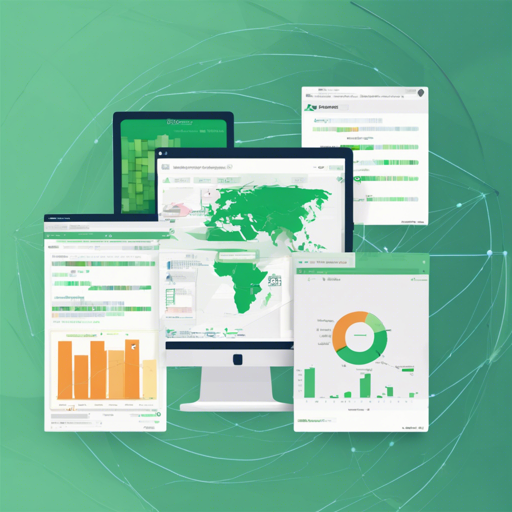In the world of data management, MongoDB stands out for its flexibility and scalability. If you’ve been looking for a way to analyze your MongoDB databases effectively, look no further than Mongoeye. This blog post will guide you through the installation, compilation, and usage of Mongoeye, ensuring you can make the most of this powerful tool!
Table of Contents
Installation
Getting started with Mongoeye is a breeze. Since it is a standalone executable binary, you can easily download and install it. Here’s how:
- Visit the GitHub releases page.
- Download the archive for your operating system (Windows, Linux, MacOS).
- Extract the binary file from the archive.
Compilation
If you prefer to compile Mongoeye from source, you’ll need Go installed (version 1.8 or higher). After that, follow these steps:
- Run the command:
$ go get github.com/mongoeyemongoeye - Change to the Mongoeye directory:
$ cd $GOPATH/src/github.com/mongoeyemongoeye - Build the tool using:
$ make build
To install additional dependencies for development, use
make get-deps.
Usage
Using Mongoeye to analyze your MongoDB database is straightforward. The basic command structure is as follows:
mongoeye [host] database collection [flags]This command will execute the analysis on the specified database and collection. You can view all available options and flags by running:
mongoeye --helpUnderstanding the Features: An Analogy
Imagine you’re at a giant library filled with books (your MongoDB database), and you want to find specific information about the books (schema analysis). Here’s how Mongoeye functions like an efficient librarian:
- Local Analysis: This is like checking a book’s index directly for quick information.
- Remote Analysis: This is equivalent to asking all librarians in the library to help search through the books simultaneously, making it faster to gather comprehensive information.
- Format Options: Just like you can read summaries, detailed descriptions, or statistics about books, Mongoeye allows you to export data in table, JSON, or YAML formats.
- Statistics Gathering: This is like collecting data on how many books fall into each genre (frequency analysis) or even which genres are the most popular! (Most frequent values).
Troubleshooting
While using Mongoeye, you may run into a few bumps along the way. Here are some common issues and how to resolve them:
- Issue: Connection problems
- Ensure that the MongoDB server is running and accessible at the specified host.
- Check your connection parameters, such as host and port.
- Issue: Permission errors
- Double-check your username and password for accessing the MongoDB instance.
- Issue: Compilation errors
- Ensure that you have Go version 1.8 or higher installed.
- Use make get-deps to ensure all dependencies are installed.
If you still experience difficulties or have further questions, don’t hesitate to reach out. For more insights, updates, or to collaborate on AI development projects, stay connected with fxis.ai.
Conclusion
Mongoeye is an essential tool for anyone working with MongoDB, providing insights into data structures efficiently. Whether you’re looking to analyze schemas, generate histograms, or extract frequency data, Mongoeye has you covered.
At fxis.ai, we believe that such advancements are crucial for the future of AI, as they enable more comprehensive and effective solutions. Our team is continually exploring new methodologies to push the envelope in artificial intelligence, ensuring that our clients benefit from the latest technological innovations.

